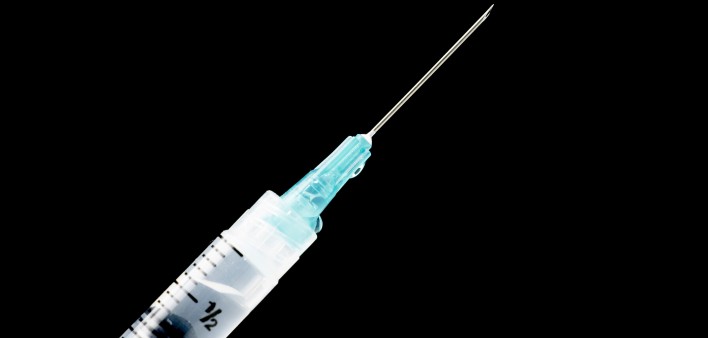Using syringes designed to have less “dead space”—meaning, they retain a smaller amount of fluid after the plunger has been depressed—may help prevent HIV and hepatitis C transmission among injection drug users. Researchers published their analysis in the International Journal of Drug Policy.
High dead-space syringes retain fluid in the tip of the syringe, hub of the needle and in the detachable needle. Low dead-space syringes, on the other hand, do not have a detachable needle, and after the plunger is fully depressed they only retain fluid in the needle. On average, one milliliter low dead-space syringes retain only 2 microliters of fluid, compared with 84 microliters in high dead-space syringes.
Research has found that hep C survives only a day in a low dead-space syringe, but for up to 60 days in a high dead-space syringe.
The study’s lead author, William A. Zule, Dr.PH, a senior research analyst at RTI International in Research Triangle Park, North Carolina, conducted previous research that found that nearly 20 percent of injection drug users reported using a high dead-space syringe in the past month.
“Ideally we could phase out the manufacture of these high dead-space syringes and replace them with some type of low dead-space alternative,” he says.

Istock






Comments
Comments